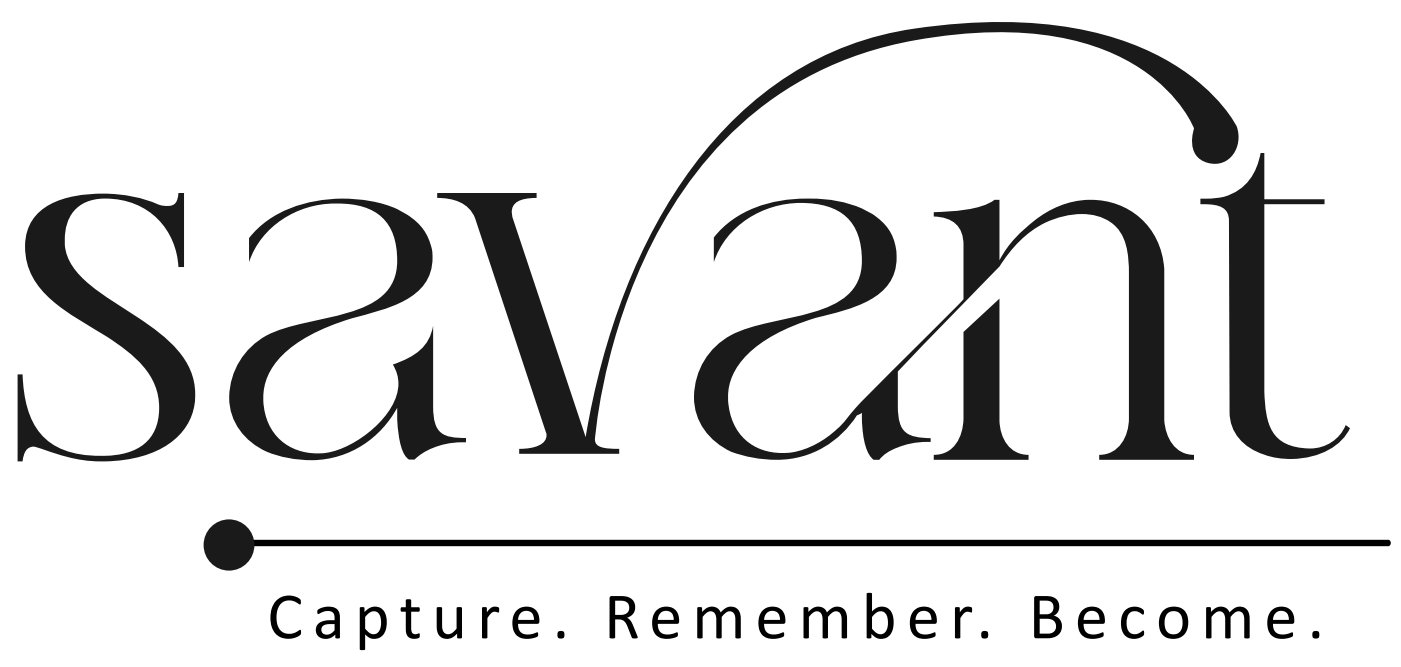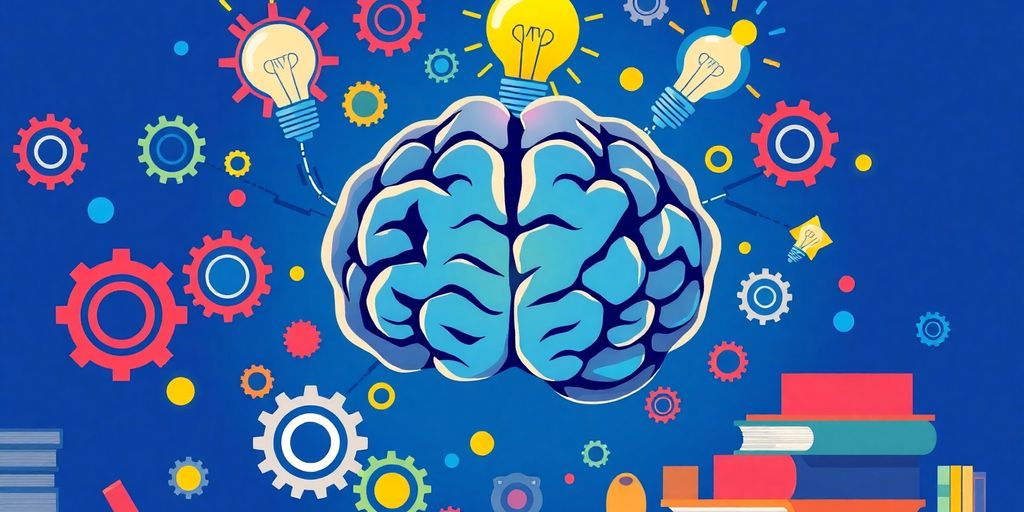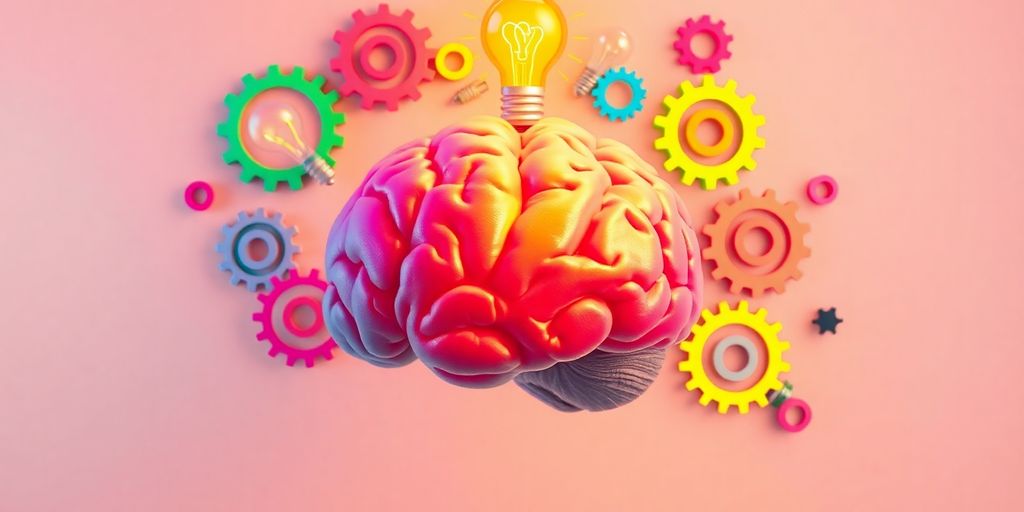Ever feel like you’re trying to learn something new and it’s like running uphill? You’re not alone. In a world that’s always moving fast, figuring out how to learn as much as possible can feel tough. But guess what? It doesn’t have to be. There are ways to make learning quicker and more fun. This article breaks down simple tips and tricks to help you soak up knowledge without feeling burned out. Let’s dive in and see how you can become a learning pro.
Key Takeaways
- Adopt a growth mindset to keep improving and learning from mistakes.
- Use technology like apps and online courses to make learning easier and more engaging.
- Manage your time with techniques like the Pomodoro Technique to stay focused.
- Embrace active learning by getting involved in discussions and hands-on activities.
- Apply what you learn in real-life situations to make it stick.
Embracing a Growth Mindset for Lifelong Learning
Understanding the Growth Mindset
A growth mindset is all about believing that your abilities can be developed through dedication and hard work. It’s about seeing challenges as opportunities to learn rather than obstacles. When you embrace this mindset, you’re not just learning to improve; you’re learning how to learn. It’s like having a superpower that turns every failure into a stepping stone.
Imagine facing a tough math problem. Instead of thinking, "I can’t do this," you say, "I can’t do this yet." This small shift in language opens up a world of possibilities. You’re not just stuck at a dead end; you’re on a path to understanding.
Overcoming Challenges with Positivity
Life throws curveballs, and staying positive in the face of challenges is key. Here are a few tips:
- Reframe your thoughts: Swap "I can’t" with "I can learn how to."
- Seek support: Chat with friends or mentors who can offer encouragement.
- Practice resilience: Remember, everyone hits roadblocks, and asking for help is okay.
A positive mindset doesn’t mean ignoring the tough stuff; it’s about tackling it head-on with grit and optimism.
Celebrating Small Wins
Recognizing and celebrating small victories keeps you motivated. Here’s how:
- Keep a journal: Note down your achievements, no matter how small.
- Reward yourself: Treat yourself when you hit a milestone.
- Share your success: Tell friends or family about your progress to inspire them too.
Celebrating small wins isn’t just about patting yourself on the back. It’s about building momentum and keeping your learning journey exciting.
Embracing a growth mindset is about building a mental framework that encourages continuous learning and improvement. It’s about staying open to feedback and new ideas, making learning a lifelong adventure!
Unlocking the Secrets of Rapid Learning
The Power of Curiosity
Curiosity is like the fuel that keeps the engine of learning running smoothly. When you’re genuinely interested in something, learning becomes less of a chore and more of a fun adventure. You start asking questions, digging deeper, and before you know it, you’re learning without even realizing it. Curiosity opens doors to new ideas and keeps the mind engaged. It’s not just about wanting to know more; it’s about the thrill of discovering the unknown.
Building a Strong Foundation
Before you can tackle complex topics, you need a solid foundation. Think of it like building a house. Without a sturdy base, the whole structure is at risk. The same goes for learning. Start with the basics and make sure you understand them thoroughly before moving on. This approach not only makes learning easier but also faster because you’re not constantly going back to fill in gaps.
Embracing Mistakes as Learning Opportunities
Mistakes are often seen as failures, but in reality, they’re stepping stones to success. Embracing mistakes means viewing them as valuable lessons rather than setbacks. When you make a mistake, take the time to understand what went wrong and how you can do better next time. This mindset shift can turn errors into powerful learning experiences. Remember, every mistake is a chance to grow and improve.
Leveraging Technology to Learn as Much as Possible

In today’s fast-paced world, technology is a game changer for learning. Using the right tools can make studying more fun and effective! Here are some ways to leverage technology to boost your learning experience:
Using Educational Apps and Tools
Educational apps and tools are like having a personal tutor in your pocket. Flashcard apps are great for memorizing facts quickly. Apps like Anki use spaced repetition to help you remember better. Learning platforms such as Khan Academy offer free courses on a variety of subjects, making learning accessible to everyone. And don’t forget interactive games! They can make even the toughest subjects easier to grasp by turning learning into a fun activity.
Exploring Online Courses and Tutorials
With the internet, you can learn almost anything! Online courses are a fantastic way to dive deep into a subject. Here’s why they’re awesome:
- Flexibility: Learn at your own pace, anytime, anywhere.
- Variety: Choose from countless topics and formats.
- Expert Guidance: Many courses are taught by professionals in the field.
Joining Virtual Study Groups
Studying with friends can boost your motivation and understanding. Here’s how virtual study groups can help:
- Collaboration: Share ideas and resources easily.
- Accountability: Keep each other on track with your goals.
- Diverse Perspectives: Learn from different viewpoints and experiences.
Technology can transform your learning experience, making it more engaging and effective. Embrace these tools to unlock your full potential!
Incorporating technology into your learning routine isn’t just about convenience—it’s about making your education more dynamic and interactive. Whether you’re using apps, online courses, or study groups, these tools can make a significant difference in how you learn and retain information. So, why not give them a try and see how they can enhance your learning journey?
Mastering Time Management for Effective Learning
Time management might sound a bit boring, but it’s a game-changer when it comes to learning effectively. Let’s break it down into some easy-to-digest pieces.
Setting Priorities and Goals
First things first, you gotta figure out what’s important. Make a list of all the things you need to do and rank them. What needs your attention right now? What can wait? Prioritizing your tasks can really help you stay on track. Think about what you want to achieve and set clear goals. This way, you’re not just floating around aimlessly. You’re working towards something tangible.
Utilizing the Pomodoro Technique
Ever heard of the Pomodoro Technique? It’s super simple and really effective. You work for 25 minutes, then take a 5-minute break. This method helps keep your mind fresh and focused. Here’s a quick table to help you see how it works:
| Study Time (minutes) | Break Time (minutes) |
|---|---|
| 25 | 5 |
| 50 | 10 |
| 90 | 15 |
Try it out, and you might find it’s just what you need to keep your concentration levels high.
Balancing Study and Rest
Finding the right balance between study and rest is crucial. You don’t want to burn out, right? Set specific times for studying but don’t forget to include breaks. Communicate with your family and friends about your study schedule so they can support you. Remember, it’s all about finding a rhythm that works for you.
Building effective time management skills takes time and practice. Stay positive and keep pushing forward! Plan ahead to make the most of your study time.
By mastering these time management techniques, you’ll find studying becomes more enjoyable and productive!
Techniques to Boost Learning Speed
Spaced repetition is like the magic trick for remembering things long-term. Instead of cramming, you revisit the material at longer intervals. This method helps your brain lock in the information better. Imagine learning a new language; you might review vocabulary today, then again in three days, and later in a week. Tools like Anki or SuperMemo can help automate this process, making it easier to follow your own learning curve.
Active recall is all about engaging with the material actively. Instead of passively reading or listening, you challenge yourself to remember and articulate what you’ve learned. Think of it like a self-quiz. You read about a topic, put the book down, and then try to explain it to yourself or someone else. Flashcards and practice tests are excellent tools for this method. The more you test yourself, the stronger those brain connections become.
The Feynman Technique is a simple yet powerful way to understand complex topics. Start by picking a concept and explaining it in plain language, as if you’re teaching someone else. If you get stuck, go back to the source and fill in the gaps. This technique forces you to break down complicated ideas into simpler parts, making them easier to understand and remember. It’s like teaching yourself while teaching others, and it’s a fantastic way to check your understanding.
Creating a Productive Learning Environment
Finding Your Ideal Study Spot
Finding the right place to study is like finding your favorite coffee shop. It needs to be just right. Look for a spot that’s comfortable but not too cozy—like a comfy chair that doesn’t make you want to nap. Think about what kind of environment helps you focus. Some people need silence, while others thrive with a little background noise. Maybe it’s a quiet corner of the library, or perhaps a bustling café does the trick.
The Importance of Lighting and Comfort
Lighting can make or break your study session. Natural light is the best, but if that’s not possible, go for a lamp that mimics daylight. Harsh lighting can strain your eyes and make you tired. Also, make sure your chair is comfy. You don’t want to be squirming around when you’re trying to concentrate. A good chair supports your back and keeps you sitting upright. Plus, it helps you stay alert and engaged.
Incorporating Technology for Enhanced Learning
These days, tech is a game-changer in learning. From educational apps to online courses, there’s a lot out there to help you learn better and faster. Use apps that block distracting websites if you find yourself drifting off into social media land. And consider using digital note-taking tools to keep your notes organized and accessible. Utilizing technology can really boost your learning game when used wisely. Just remember, it’s a tool, not a crutch.
Creating a productive study environment is like setting the stage for a performance. When everything is in place, you’re more likely to succeed. Make your study space work for you, not against you.
Overcoming Common Learning Barriers
Dealing with Procrastination
Procrastination is a sneaky little thing that can derail even the best-laid plans. It’s like that friend who says they’ll help you move but never shows up. To beat procrastination, try breaking tasks into smaller, more manageable chunks. This way, you’re not overwhelmed by a massive to-do list. Also, setting SMART goals can keep you on track and give you a clear path to follow. And don’t forget to reward yourself for hitting those milestones!
Managing Stress for Better Learning
Learning can sometimes feel like a pressure cooker, especially when deadlines loom. Managing stress and anxiety is crucial to keeping your learning journey enjoyable and productive. Try incorporating relaxation techniques like deep breathing or meditation into your routine. A little bit of exercise can also do wonders for your stress levels. Remember, it’s about finding what works for you and sticking with it. Learning should be fun, not a source of stress!
Breaking Down Complex Topics into Manageable Parts
When you’re faced with a complex topic, it can feel daunting. The key is to break it down into smaller, more digestible parts. Chunking is a great strategy here. By dividing information into smaller sections, you can tackle each piece one at a time. This not only makes it easier to understand but also improves retention. Additionally, try to find connections between different parts of the topic. This can help you see the bigger picture and enhance your understanding.
Overcoming learning barriers isn’t just about working harder—it’s about working smarter. By identifying your obstacles and addressing them with these strategies, you can make your learning journey smoother and more enjoyable. Remember, every challenge is an opportunity to grow and learn something new.
Finding Joy in the Learning Process
Learning doesn’t have to be all serious and dull. Finding joy in the learning process is about incorporating fun and passion into your educational journey. Let’s explore some ways to make learning a delightful experience.
Setting Personal Learning Goals
Setting goals gives your learning direction and purpose. Without them, it’s easy to feel lost or overwhelmed. Start by setting small, achievable goals that you can build on. For example, if you’re learning a new language, aim to learn five new words a day. As you hit these targets, your confidence will grow, and you’ll find yourself motivated to tackle bigger challenges. Remember, the journey of learning is just as important as the destination.
Rediscovering Your Passion for Learning
Rediscovering your passion for learning isn’t about forcing yourself to do something you hate. It’s about finding what you love and letting that guide you. Embrace the journey, set your own pace, and enjoy the ride.
Rediscovering your passion for learning isn’t about forcing yourself to do something you hate. It’s about finding what you love and letting that guide you. Embrace the journey, set your own pace, and enjoy the ride.
Building Effective Study Habits
Creating effective study habits is essential for consistent learning. Here are some tips:
- Stay Organized: Keep your study materials and notes well-organized. This saves time and reduces stress.
- Regular Review: Make it a habit to review what you’ve learned regularly. This reinforces your memory and understanding.
- Mix It Up: Change your study methods to keep things interesting. Try different techniques, like active learning or group discussions.
By embracing these strategies, you can transform learning from a chore into a joyful adventure. Remember, the key to enjoying learning is to make it personal and fun.
Wrapping It Up: Your Path to Learning Success
So, there you have it! In a world that’s always on the move, figuring out how to learn effectively can really make a difference. By trying out different techniques like spaced repetition, active learning, and mixing up your study methods, you can make even the toughest subjects easier to understand and remember. It’s all about revisiting what you’ve learned and connecting the dots in new ways. Don’t be afraid to experiment with different strategies to see what works best for you. With a bit of practice and the right tools, you’ll become a confident learner in no time. So, jump in and enjoy the adventure of learning!
Frequently Asked Questions
What are some quick ways to learn effectively?
To learn quickly, break information into smaller parts. Use memory aids like pictures or acronyms. Teaching someone else can also help. Regularly reviewing what you’ve learned keeps it fresh in your mind.
How can I improve my memory for studying?
To boost your memory, exercise regularly and get enough sleep. Eating healthy foods like fruits and vegetables is also helpful. These habits support better brain health.
What can I do to stay motivated while studying?
Set small, achievable goals and celebrate your progress. Focus on how far you’ve come instead of how much is left. Making learning fun, like turning it into a game, can keep you engaged.
How do I manage my time better for studying?
Try setting specific study times and breaking your sessions into smaller parts. Take breaks to avoid fatigue, and use planners or calendars to keep organized.
How can I apply what I learn in real life?
Look for chances to use your new skills in daily situations. For example, if you learn a new recipe, try cooking it for family or friends.
What should I do if I find a topic difficult?
If you’re struggling, don’t hesitate to ask for help. Talk to a teacher or tutor, and try different study methods to find what works best for you.






